Smartphones, tablets, and other similar electronic devices continue to get better every year. Their sizes increase ever few months and the processor, memory and screen resolution continually improve. Generally, all of these changes are good but they do comes at a price – increased power consumption.
It is becoming normal for people to bring their charger to work. Some people even keep a spare battery with them at all times. Other people, like myself, carry an external battery charger. But what other option might you have if you do not want to carry your charger back and forth from home to work? What if you do not have a spare battery or an external battery charger? The NomadKey might be the accessory that you are looking for. Let’s check it out.
Design
The first thing you’ll notice about the NomadKey is the size. It is about the size of a house key, except that it is about 1.5 inches longer. In fact, it was designed to fit onto your keychain. The center section is made out of high grade rubber from Dupont. The Dupont rubber is allows for a high range of movement while maintaining durability. One end of the NomadKey is a USB while the other end is a micro USB or a Lightning cable for iPhone users. The metals for the contacts are scratch-resistant so both ends have no covers.
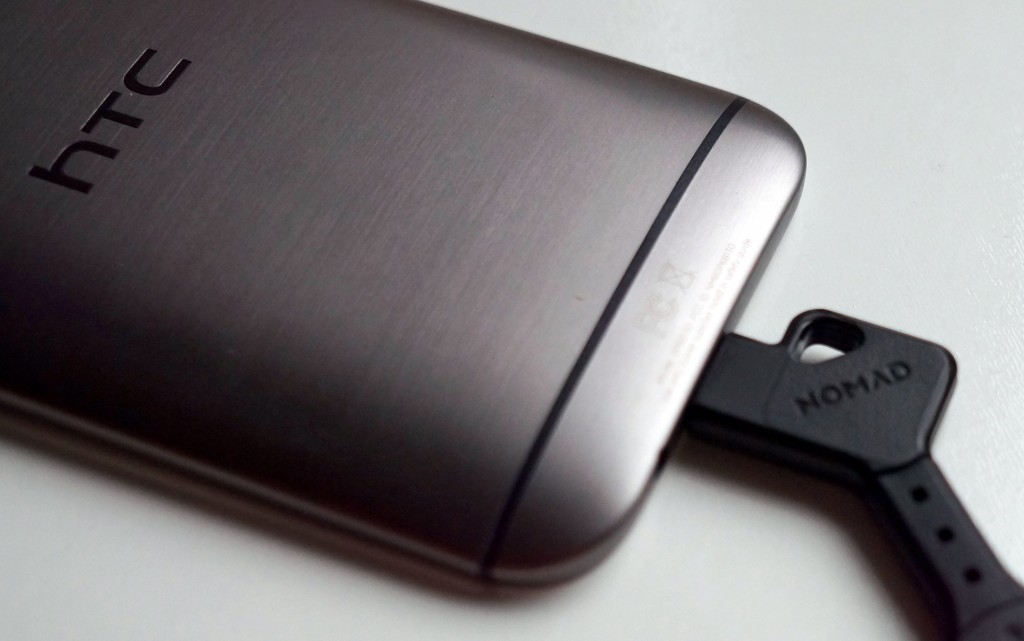
Use
So how is this any different from your normal device charger? As I previously mentioned, the NomadKey was designed to fit onto your keychain. Nomad created this device with a house key in mind. Most people have their house key on a keychain and most people bring their everywhere they go. By attaching your NomadKey to your keychain, you will always have a charging cable at hand.
Charging is as easy as plugging in the micro USB to your device and finding a usable USB port. The USB is 2.0 so the charging time will be the same as your regular charger, unless you have a charger that has a USB 3.0. It will still work on devices that utilize USB 3.0 but at a slightly lower speed. As always, using a wall charger will be faster than using a computer’s USB port.
When using the NomadKey, I would recommend separating it from your keychain if you have a lot of keys. On my keychain, I have four keys and a fob attached to it. When charging my HTC One on a computer, my keys get in the way so I have to reposition them at just the right angle to get it to work. If you have a lot of keys, it might be very difficult or even impossible to get it to work correctly.
The NomadKey works as it is intended and it is awesome to have a charger with you at all times. However, it is far from perfect. It is entirely reliant on having a USB port available for it to work. For some people, this is a non issue since USB ports are everywhere. However, for others, this might be a deal breaker since USB ports might not be readily available. Of course you can circumvent this by bringing a wall adapter with you at all times. However, this sort of defeats the purpose of the NomadKey since you might as well bring your whole charger if you will be carrying the adapter.
I’ve only had this device for about a week so I cannot really comment on its durability. It does feel solid and fits well with my keys on my keychain. However, I do wonder about the center section. I know that it is built to be flexible yet tough, but it seems like it could break off from the micro USB section. I also wonder how well the metal contact points will hold up when it constantly rubs against my other keys. At this point, only time will tell on how well this device will hold up.
Final Verdict
I really like the NomadKey but I find it hard to recommend it to most people. The NomadKey is priced at $29, making it difficult to justify the cost when USB cables can be purchased for just a dollar or two on Amazon. For some, the simplicity and peace of mind of always having a charger is well worth the $29 price tag. If that is you, then I would definitely recommend this device to you.




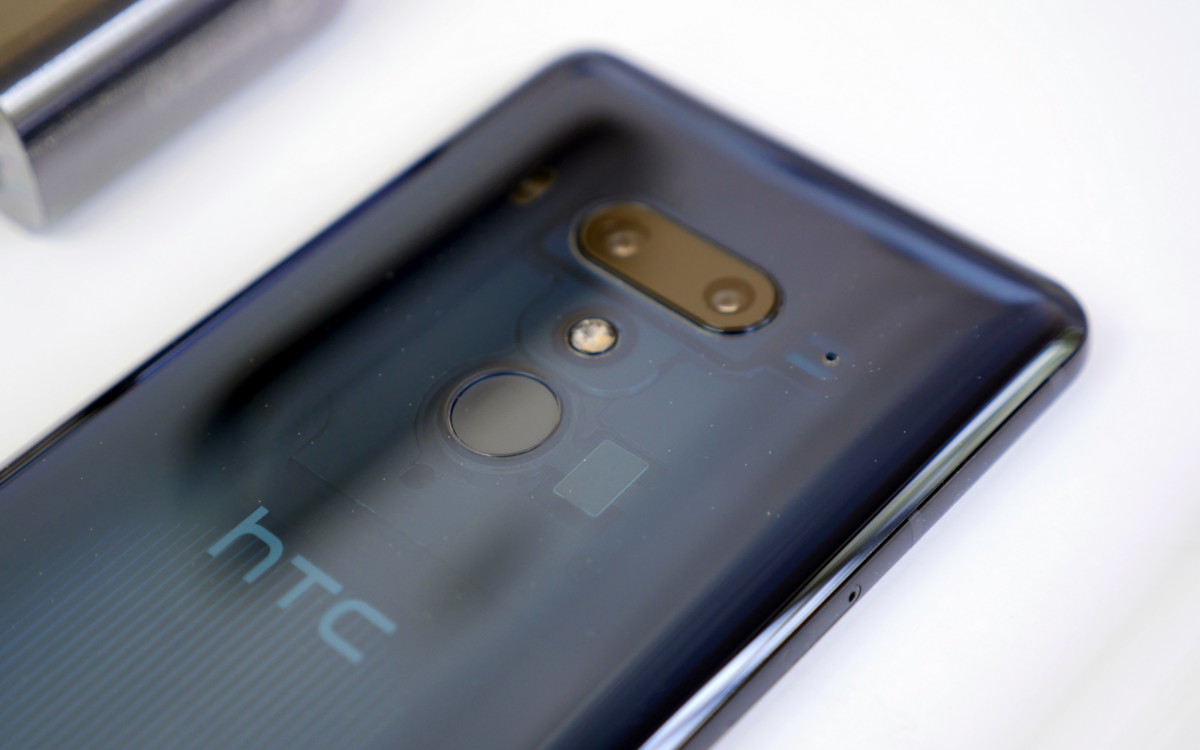
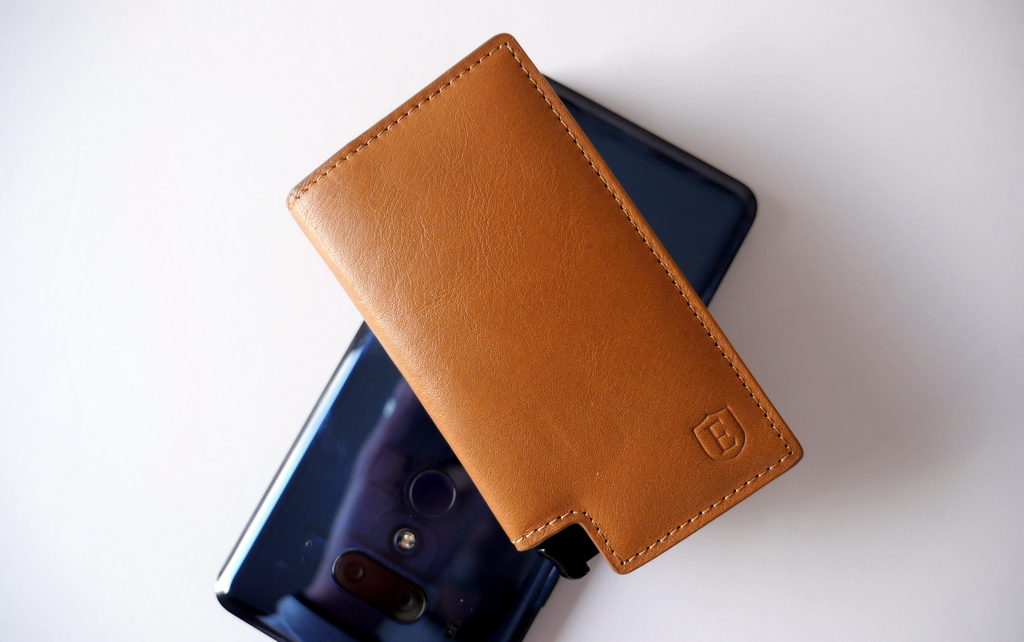

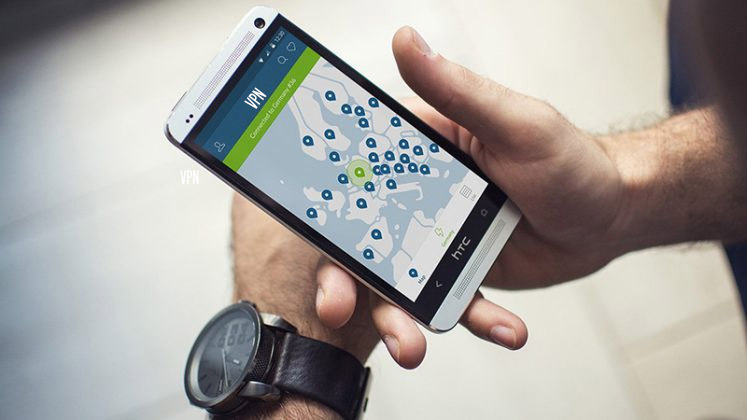


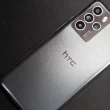
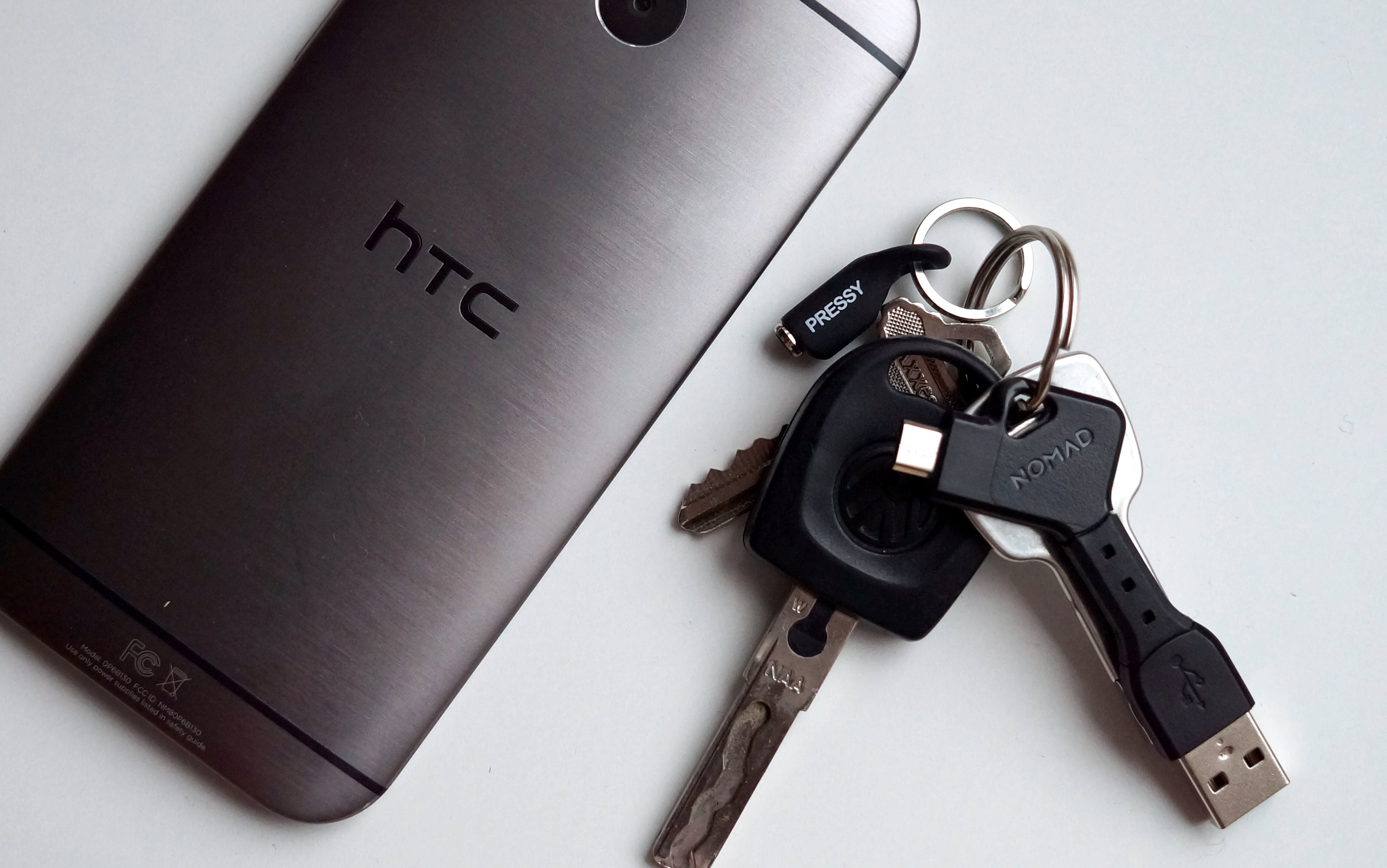
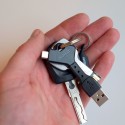
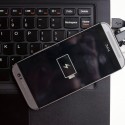
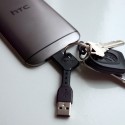

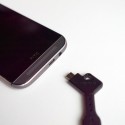
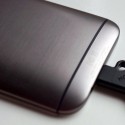
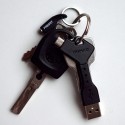
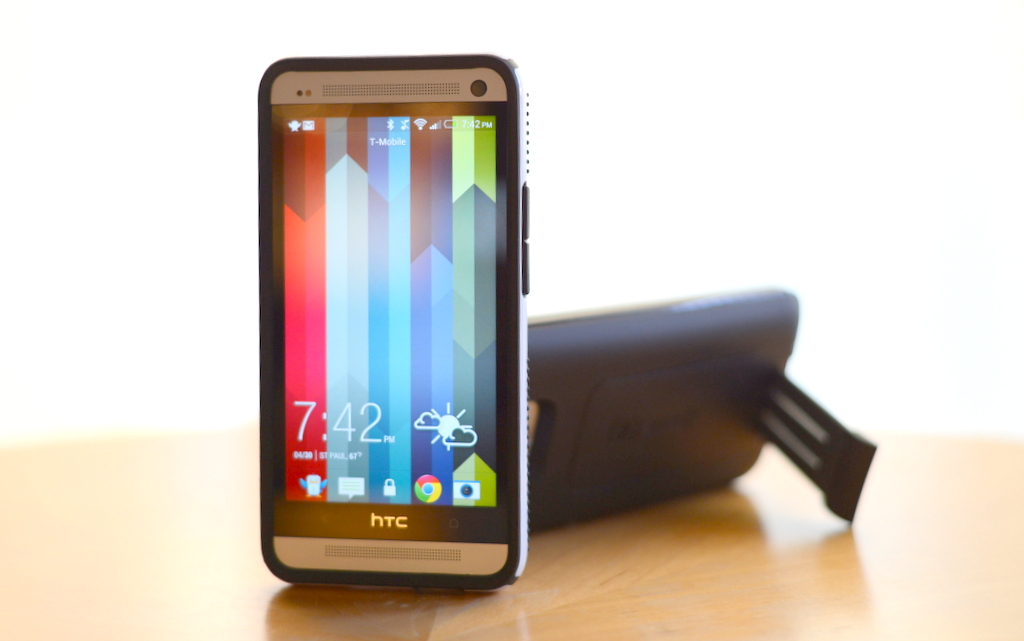

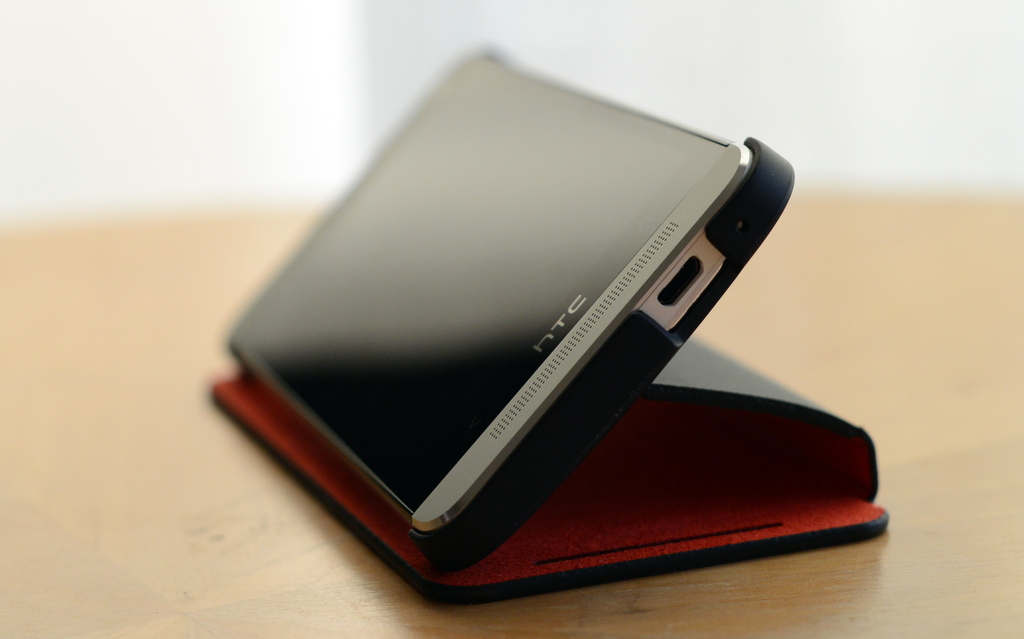

HTC M8 Life